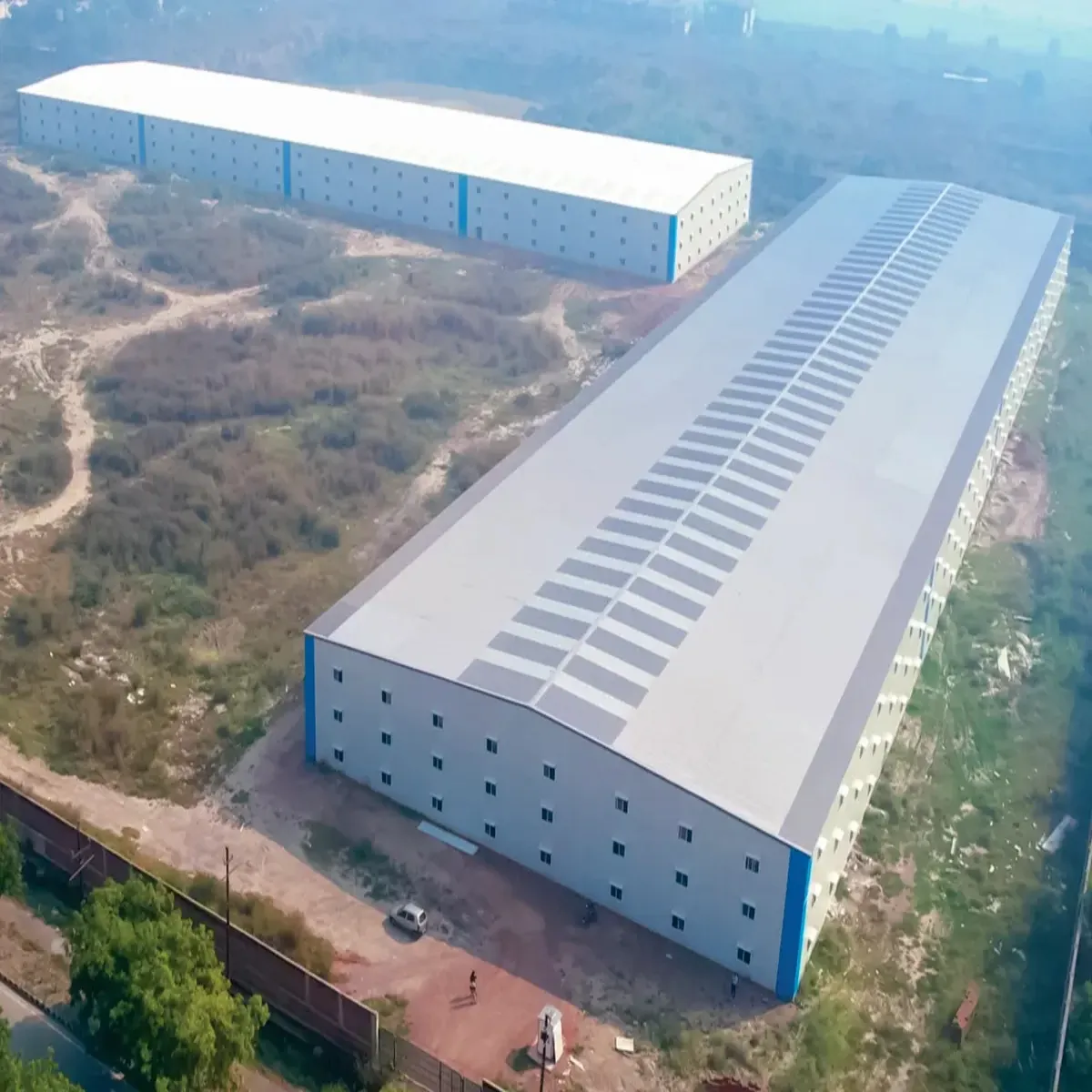- Afrikaans
- Albanian
- Amharic
- Arabic
- Armenian
- Azerbaijani
- Basque
- Belarusian
- Bengali
- Bosnian
- Bulgarian
- Catalan
- Cebuano
- Corsican
- Croatian
- Czech
- Danish
- Dutch
- English
- Esperanto
- Estonian
- Finnish
- French
- Frisian
- Galician
- Georgian
- German
- Greek
- Gujarati
- Haitian Creole
- hausa
- hawaiian
- Hebrew
- Hindi
- Miao
- Hungarian
- Icelandic
- igbo
- Indonesian
- irish
- Italian
- Japanese
- Javanese
- Kannada
- kazakh
- Khmer
- Rwandese
- Korean
- Kurdish
- Kyrgyz
- Lao
- Latin
- Latvian
- Lithuanian
- Luxembourgish
- Macedonian
- Malgashi
- Malay
- Malayalam
- Maltese
- Maori
- Marathi
- Mongolian
- Myanmar
- Nepali
- Norwegian
- Norwegian
- Occitan
- Pashto
- Persian
- Polish
- Portuguese
- Punjabi
- Romanian
- Russian
- Samoan
- Scottish Gaelic
- Serbian
- Sesotho
- Shona
- Sindhi
- Sinhala
- Slovak
- Slovenian
- Somali
- Spanish
- Sundanese
- Swahili
- Swedish
- Tagalog
- Tajik
- Tamil
- Tatar
- Telugu
- Thai
- Turkish
- Turkmen
- Ukrainian
- Urdu
- Uighur
- Uzbek
- Vietnamese
- Welsh
- Bantu
- Yiddish
- Yoruba
- Zulu
Oct . 10, 2024 16:31 Back to list
Industrial Warehouse Construction Trends and Best Practices
In the rapidly evolving landscape of the global economy, industrial warehouse construction has gained substantial importance. As e-commerce continues to flourish, the demand for efficient and strategically located warehouses has surged, forcing companies to adapt their logistics and supply chain models. This article explores the current trends, challenges, and best practices in industrial warehouse construction.
The Rise of E-commerce and Its Impact on Warehouse Needs
The increase in online shopping, accelerated by the COVID-19 pandemic, has reshaped consumer behaviors and expectations. Customers now demand faster delivery times, and businesses are responding by investing in more sophisticated warehouse infrastructures. This shift has led to a surge in demand for warehouses that not only store products but also facilitate quick access and distribution. As a result, more businesses are seeking to construct modern warehouses that integrate advanced technologies for inventory management and distribution, such as automation systems, robotics, and internet-of-things (IoT) devices.
Key Trends in Industrial Warehouse Construction
1. Automation and Technology Integration Modern warehouses are increasingly incorporating automation to enhance operational efficiency. Automated guided vehicles (AGVs), conveyor systems, and robotics are becoming common features in new warehouse designs. These technologies help reduce labor costs, improve accuracy in order fulfillment, and minimize delivery times.
2. Sustainability and Eco-Friendly Designs Environmental concerns are prompting the construction industry to adopt sustainable practices. Industrial warehouses are now being designed with energy efficiency in mind, utilizing renewable energy sources such as solar panels and emphasizing sustainable materials in construction. Green building certifications, such as LEED (Leadership in Energy and Environmental Design), are becoming standard benchmarks in the industry.
3. Flexible Space Utilization With the ever-changing demands of the market, warehouses need to be adaptable. Modular designs that allow for easy reconfiguration of spaces are gaining popularity. This flexibility enables companies to scale their operations in response to fluctuations in demand without incurring significant additional costs.
4. Strategic Location Selection The location of a warehouse can significantly impact its efficiency. Businesses are increasingly looking for sites close to major transportation hubs, such as airports, seaports, and highways. Proximity to urban centers is also crucial for faster distribution to end consumers, making location analysis a critical aspect of warehouse construction planning.
Challenges in Industrial Warehouse Construction
industrial warehouse construction

Despite the exciting advancements in industrial warehouse construction, several challenges persist. Firstly, the rising costs of materials and labor can strain budgets. Supply chain disruptions, exacerbated by global events such as the COVID-19 pandemic, have made it more challenging to secure necessary materials.
Additionally, navigating local zoning laws and obtaining the required permits can be time-consuming and complicated, leading to delays in project timelines
. Finally, integrating new technologies into construction and operations requires skilled labor and can have a steep learning curve.Best Practices for Successful Warehouse Construction
To overcome these challenges, companies should adopt a strategic approach to warehouse construction. Key best practices include
- Thorough Planning and Design In-depth planning is crucial. Employing experts in warehouse design and logistics can help optimize the layout, ensuring efficient flow of goods and processes.
- Investing in Skilled Labor Ensuring that the construction team has the necessary skills and training to implement advanced technologies is essential. Investing in workforce training can lead to smoother integration of new systems and processes.
- Collaborating with Stakeholders Engaging with all stakeholders, from suppliers to end-users, ensures that the warehouse design meets the needs of all parties involved. Regular communication can help align objectives and prevent costly revisions.
- Monitoring Trends and Innovating Staying informed about the latest trends in warehouse technology and construction will allow businesses to remain competitive. Continuous innovation in processes and technologies is key to adapting to changing market conditions.
Conclusion
Industrial warehouse construction is at a pivotal moment, driven by the e-commerce boom and the need for enhanced logistics capabilities. By embracing automation, sustainability, and flexible designs, businesses can create modern warehouses that meet the demands of today’s market. Addressing challenges through careful planning and collaboration will pave the way for successful industrial warehouse projects that are both efficient and responsive to future needs.
-
How Do Prefabricated Steel Structures Transform Modern Construction?
NewsJul.14,2025
-
How Do Prefabricated Metal Buildings Redefine Modern Construction?
NewsJul.14,2025
-
How Do Prefab Insulated Metal Buildings and Steel Structures Revolutionize Modern Construction?
NewsJul.14,2025
-
How Do Pre - Engineered Steel Structures Redefine Modern Construction?
NewsJul.14,2025
-
Advancing Modular Construction with Prefabricated Metal Structures
NewsJul.14,2025
-
Advancing Industrial Infrastructure with Prefabricated Steel Solutions
NewsJul.14,2025
Products categories
Our Latest News
We have a professional design team and an excellent production and construction team.












